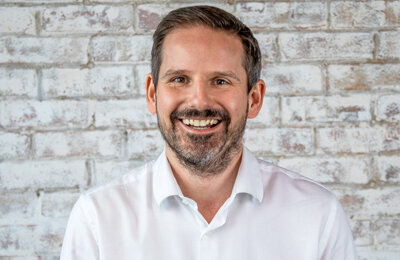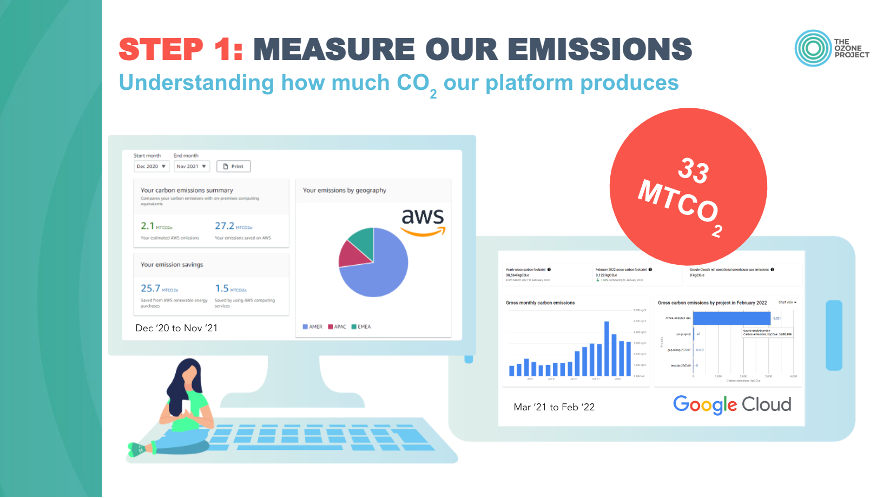Matt Townsend, Ozone’s Director of Product, provides an update on our latest actions to make Ozone a greener and even more sustainable business
Over the past few years, the team at Ozone has been making great in-roads into reducing the impact our business operations have on the environment and creating a more sustainable footprint for our future growth.
There are a number of reasons for this; not least because we truly believe it’s the right thing to do, but also because our advertising customers quite rightly expect it of us. In addition, we want to stand shoulder to shoulder with our publishing partners, who have all embarked on a variety of initiatives to reduce their own impact on the environment.
At Mediatel’s recent Future of Brands event, MediaCom’s sustainability lead suggested that the best way for businesses to start on a greener path was to just start by doing something. Many small actions can have a big impact, and that’s the journey we have taken at Ozone. For example, we recently moved offices to an environment where 90% of our energy is now renewable (aiming for 100% by 2023), thermostatic and occupation sensors are installed, and where recycling and food composting facilities are in abundance.
Yet specifically – when it comes to the reduction of our carbon footprint – we are following a tried and tested method promoted by The Gold Standard and the World Wildlife Fund. It’s a three stage approach that involves MEASUREMENT of your carbon impact, REDUCTION of that impact where you can, and finally to OFFSET what you can’t reduce by investing in Climate+ projects.
In order to kickstart this process, we have initially looked at how we can offset the impact of the Ozone platform that powers direct-bought campaigns. The first step involved measurement of our emissions and what we saw was that in 2021 we produced 33 metric tonnes of CO2 through our server processing.
The next step was to look at ways to reduce this impact. Thankfully we have some incredibly talented engineers who were able to implement ways of reducing the amount of server power we required to power campaigns. Pretty much overnight this reduced our server usage by almost two-thirds. This was a double win for the business, because not only did we reduce our emissions footprint, but we were also able to reduce our cost base.
Our final step in this process was to offset the remaining emissions our platform produces. We did this through The Gold Standard process which saw our contribution used to plant diverse forests in Panama. When making this offset, we took the opportunity to get ahead of ourselves with an additional offset for our expected emissions in the first half of 2022. Needless to say we will continue to measure, reduce and offset on a regular basis in the years to come, but in the meantime we are pleased to be in the position where the Ozone platform is carbon neutral.
So having taken the steps with our owned platform, what are the next steps in our sustainability journey? Our ambition for the second half of 2022 is to complete an audit of emissions across the entire Ozone business and adapt the same process of Measure, Reduce and Offset and apply this to all business operations. Beyond that, in 2023 our aim is to be in the position where we can offset the end-to-end impact of Ozone’s Managed Service ecosystem, a task that is not without its complexities as we’ll be looking at operations outside of the Ozone platform.
As many of our colleagues remind me, it’s in our very name to take action to protect our environment, and we look forward to updating you on future initiatives in the months to come.





